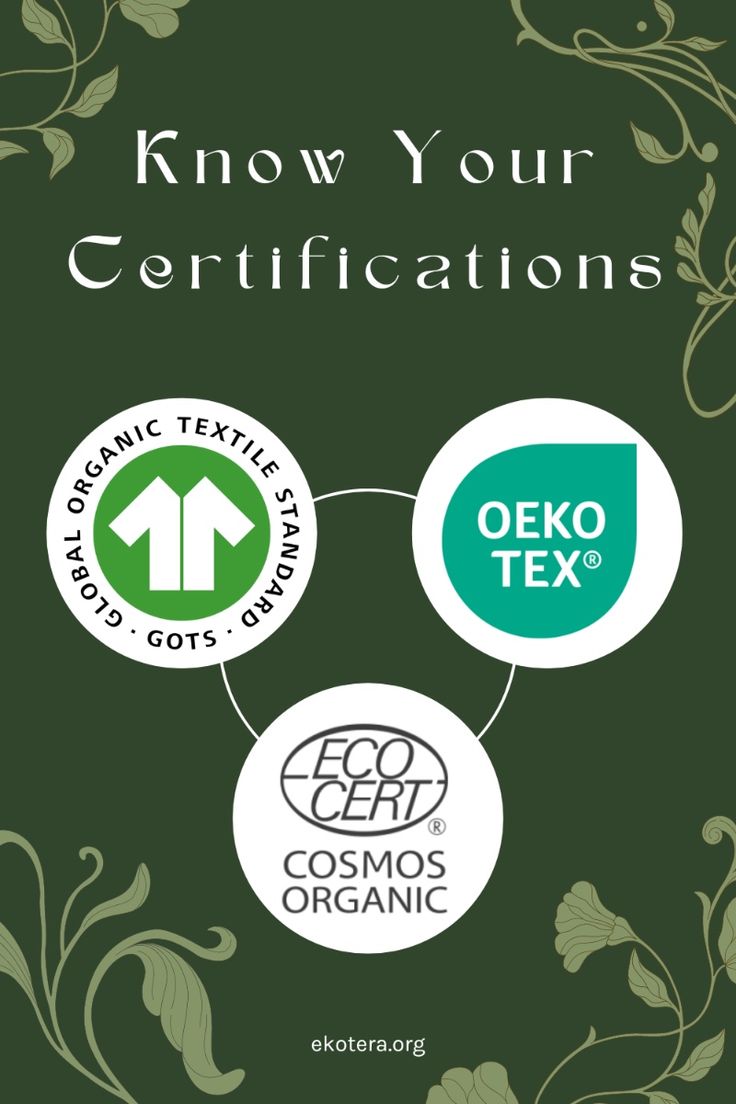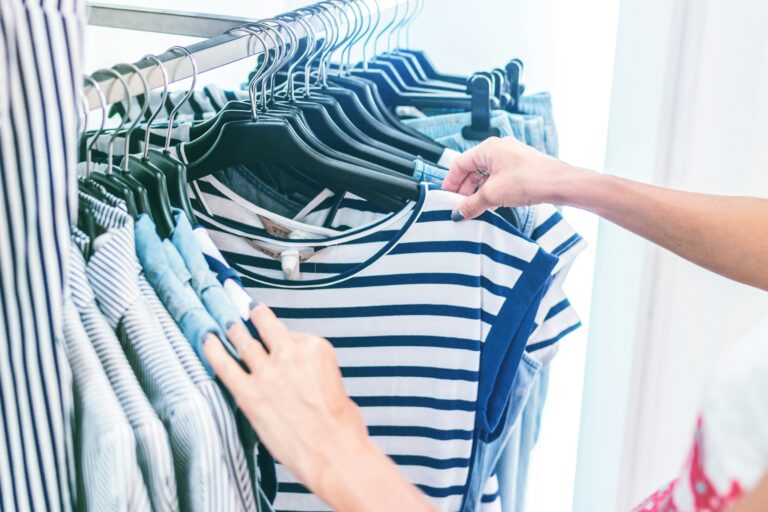Navigating Eco-Labels: What Do They Really Mean?
Nowadays, consumers are more eco-conscious than ever. Many people want to make sustainable choices but often find themselves confused by the overwhelming number of eco-labels on products. What do they actually mean? Are they legitimate or just clever marketing?
Eco-labels are meant to guide consumers toward ethical, sustainable, and environmentally friendly purchases. However, greenwashing—where companies falsely claim to be eco-friendly—has made it harder to know which labels to trust.
This guide will break down the most common eco-labels, explain what they stand for, and help you make informed, sustainable choices.
1. What Are Eco-Labels?
Eco-labels are official certifications given to products that meet specific environmental or ethical standards. They are typically issued by third-party organizations to ensure credibility.
However, not all eco-claims are backed by certifications. Some brands use vague terms like “natural,” “eco-friendly,” or “green” without meeting any real standards. That’s why it’s essential to recognize verified eco-labels.
Types of Eco-Labels
Eco-labels generally fall into three categories:
- Organic & Agricultural – Focus on farming practices and food safety.
- Fair Trade & Ethical Sourcing – Ensure ethical labor and fair wages.
- Energy & Carbon Footprint – Indicate low emissions and energy efficiency.
- Forestry & Paper Products – Support sustainable logging and paper use.
- Textile & Fashion Sustainability – Certify ethical and chemical-free clothing.
2. Common Eco-Labels and What They Mean
Organic & Agricultural Labels
USDA Organic / EU Organic
These labels certify that agricultural products are grown without synthetic pesticides, GMOs, or artificial additives, ensuring organic farming practices.
Rainforest Alliance
This certification indicates that products like coffee, tea, and cocoa are sourced from farms that promote environmental sustainability and fair worker conditions.
Textile & Fashion Sustainability Labels
GOTS (Global Organic Textile Standard)
GOTS-certified textiles are made from organic fibers and meet stringent environmental and social criteria throughout production.
This label guarantees that textiles are tested for harmful substances, ensuring they are safe for human use.
Fair Trade & Ethical Sourcing Labels
Fair Trade Certified
This label ensures that producers receive fair compensation, work in safe conditions, and engage in environmentally friendly practices.
UTZ Certified
UTZ focuses on sustainable farming of commodities like coffee, cocoa, and tea, emphasizing good agricultural practices and improved farmer livelihoods.
Forestry & Paper Product Labels
FSC (Forest Stewardship Council)
This label ensures that wood and paper products come from responsibly managed forests that provide environmental, social, and economic benefits.
PEFC (Programme for the Endorsement of Forest Certification)
Similar to FSC, PEFC promotes sustainable forest management through independent third-party certification.
Energy & Carbon Footprint Labels
Energy Star
Commonly found on appliances and electronics, this label signifies superior energy efficiency, leading to reduced energy consumption.
Carbon Trust Standard
This certification demonstrates a company’s commitment to measuring, managing, and reducing its carbon footprint.
3. How to Spot Greenwashing
While many eco-labels are legitimate, some brands use misleading language to appear sustainable without real certification.
Red Flags of Greenwashing
❌ Vague terms like “eco-friendly,” “all-natural,” or “green” without certifications.
❌ Fake seals or logos that mimic real certifications.
❌ Claims that aren’t backed by independent verification.
How to Verify an Eco-Label
✅ Check official certification websites (e.g., FSC.org, Fairtrade.net).
✅ Look for third-party verification (not just brand self-certifications).
✅ Use sources like Good On You (for fashion) or Ekotera.org
4. How to Make Informed Purchases
To ensure you’re truly supporting sustainability:
🔍 Do Your Research – Look up a brand’s sustainability reports and certifications.
📱 Use Verification Tools – Apps and websites can confirm if a label is legitimate.
🛒 Prioritize Certified Products – Choose products with reputable eco-labels over vague claims.
❓ Ask Questions – Contact brands directly to inquire about their environmental impact.
Understanding eco-labels is key to making ethical and sustainable choices. By learning how to recognize trustworthy certifications and avoid greenwashing, you can shop with confidence and support brands that truly care about the planet.
Want to learn more about sustainable living? Browse our sustainable glossary packed with eco-labels explained!


